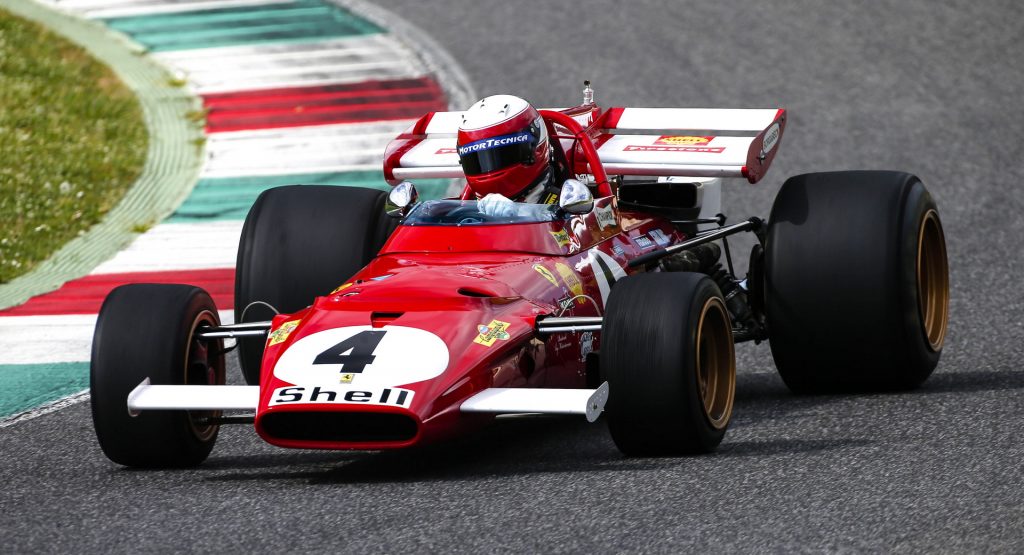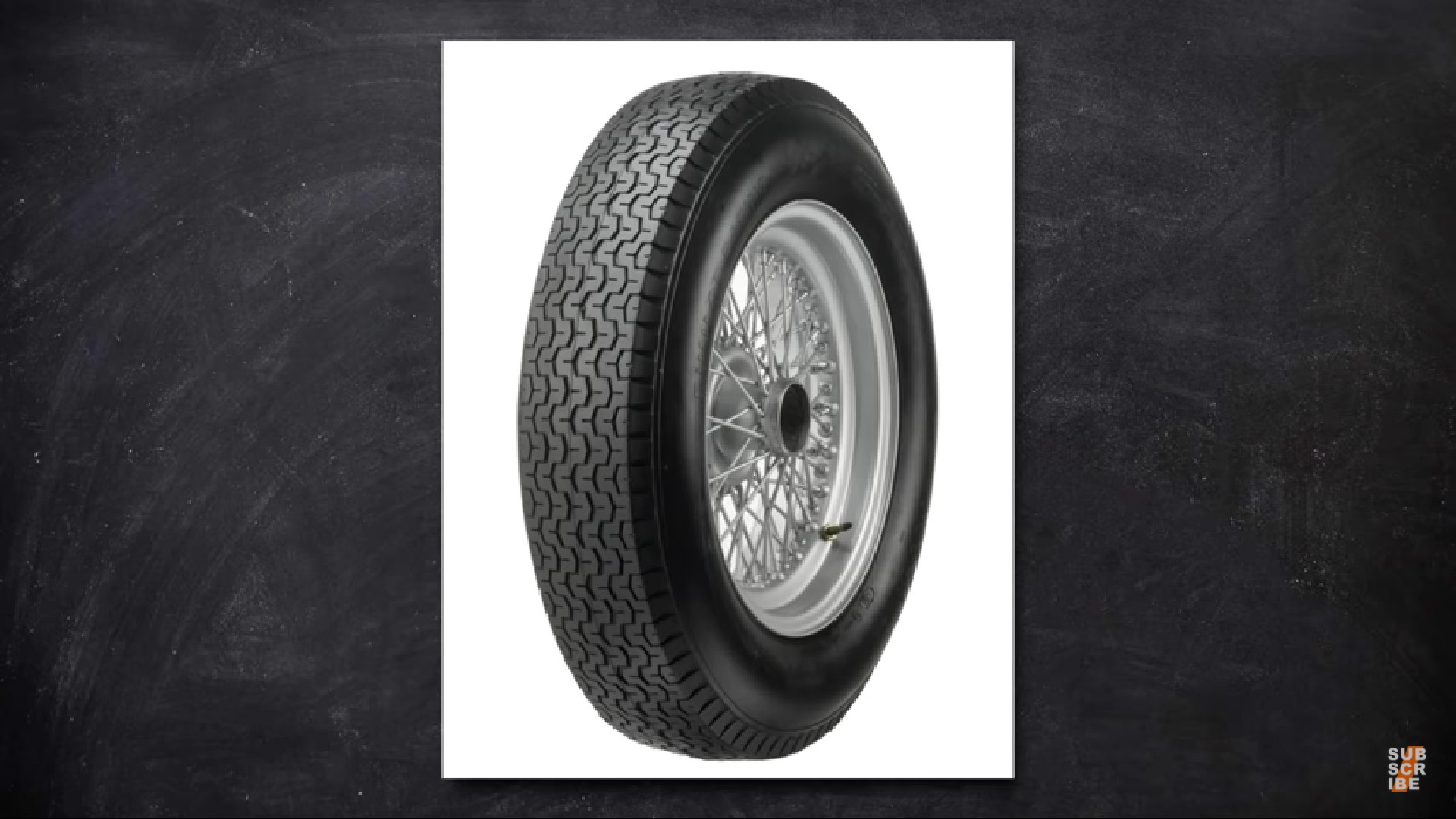There’s an old joke in the world of motorsports, that in the early days of F1, the tires were skinny and the drivers were fat and that now it’s the opposite. That turns out to largely be true (about the tires anyway).
A new video from Driver61 tracks the history of tire technology in the sport. Early on, the channel says, F1 tires weren’t all that different from modern mountain bike tires and were made of natural rubber and cotton.
Grip from these tires was not high, despite how fast the cars could go on the straights. In 1958, Dunlop came in with the first racing tire that replaced cotton with nylon, saving 5.5 kg (12 lbs) per tire.
Read Also: How Formula 1 Lap Times Have Improved Over The Years
The first slicks didn’t make it into F1 until 1971 and they increased speed substantially. Between 1970 and 1971, lap times shrunk by about three seconds, per the video, something that was partially down to this innovation.
The slow progress of improving tires continued on its upward trajectory until 1997 when the FIA decided that Formula 1 cars needed to be slowed down via the removal of grip. It decided to force the sport to return to grooved tires in order to achieve that for an interesting reason.
The FIA wanted to keep tires wide while shrinking the contact patch because just making them skinnier would have actually led to a potentially massive aerodynamic advantage. Each current F1 tire has about the same amount of drag as a modern hatchback, Driver61 claims, so the sport opted for the grooved solution.
Formula 1 is now back to slicks again, but much like in the ’90s, the FIA requires that the tires not simply be as good as Pirelli can possibly make them. That’s because the governing body wants teams to be forced into the pits in order to make the strategy element of races more exciting.
The game, then, for Pirelli is to make tires that don’t last very long but aren’t prone to falling apart. It’s a tough balancing act for the manufacturer and one that hasn’t always been successful. It should get easier, though, since the sidewall is set to shrink thanks to new regulations that will allow F1 wheels to grow to 18-inches for the 2022 season.





